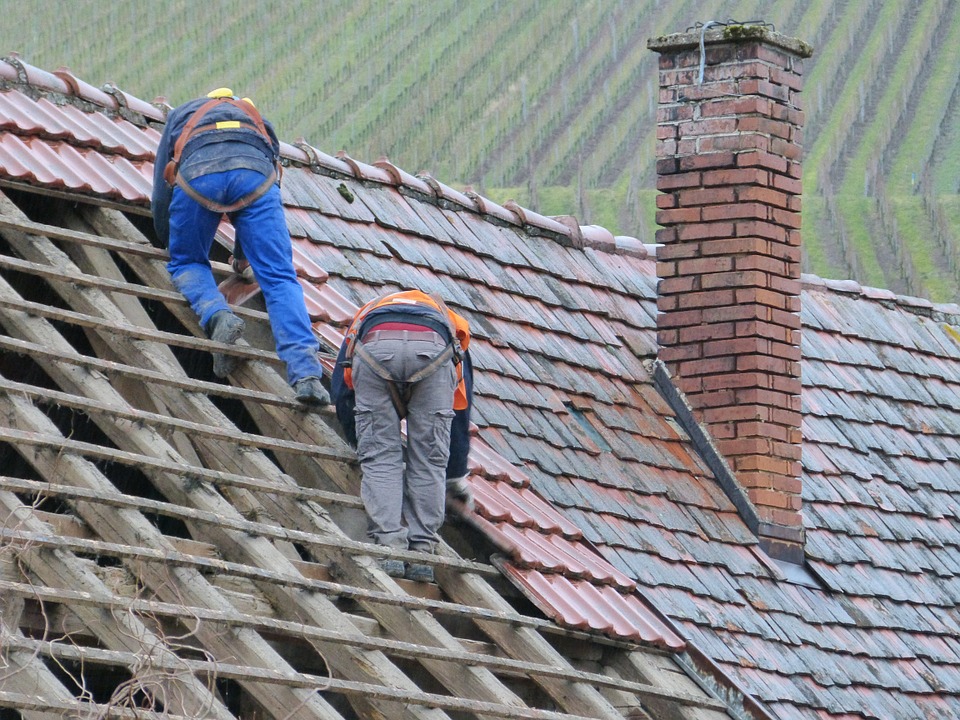Just How to Assess Various Roofing Options for Your Building Demands
Evaluating roofing options for your building requires a comprehensive technique that thinks about numerous aspects such as the intended use the framework, regional climate conditions, and material attributes. It is important to evaluate the advantages and disadvantages of different roof covering kinds, from asphalt shingles to metal and clay floor tiles, while also factoring in preliminary costs and lasting maintenance. Furthermore, recognizing energy performance and visual charm can influence your choice. As you ponder these considerations, one concern continues to be: which variables will inevitably lead your option for a sustainable and visually pleasing roofing service?
Examining Your Building's Demands
To efficiently examine roof options, begin by extensively analyzing your building's needs. Start by considering the structure's planned use, as various frameworks may require varying roof covering specs. Property roofing systems usually prioritize aesthetic appeals and insulation, while commercial structures might focus on sturdiness and load-bearing ability.
Following, evaluate the regional environment conditions that will certainly influence roof covering performance. Aspects such as temperature level changes, rainfall levels, and wind patterns can influence product option and layout. A roof covering system that excels in a warm climate may not perform too in areas prone to hefty snowfall or severe warmth.
Additionally, examine the structural integrity of your structure. Ensure that the existing framework can support the picked roofing materials, particularly if thinking about heavier options. It is also crucial to examine any kind of neighborhood building regulations or guidelines that may determine specific needs for roof systems.

Contrasting Roof Materials
When a detailed evaluation of your structure's requirements has been completed, the following step includes comparing different roof products. Each material offers unique advantages and disadvantages, making it necessary to align your selection with your specific demands and conditions.
Asphalt tiles are commonly acknowledged for their price and simplicity of installation, making them a prominent choice for residential structures. On the various other hand, metal roof, understood for its resilience and durability, can withstand severe weather problems yet might come with a greater first investment.
Clay and concrete tiles supply exceptional thermal insulation and visual charm, specifically for Mediterranean-style design, yet they need an even more durable architectural support as a result of their weight. Timber shakes deal a natural appearance and great insulation residential or commercial properties yet might require more maintenance and are at risk to fire threats.
Evaluating Expense and Spending Plan
Evaluating your roof covering alternatives demands a careful examination of cost and budget plan considerations. The general allocate a roof covering project consists of a number of aspects, including material costs, labor costs, upkeep, and possible long-term financial savings. It is necessary to develop a clear budget prior to discovering certain roof products, as this will certainly lead the decision-making web procedure and assist you avoid overspending.
Begin by acquiring quotes from several specialists to recognize labor prices in your region. Make sure that these estimates include all essential solutions, such as removal of the old roofing, setup, and any additional attributes, like insulation or ventilation improvements - Roofing Contractor. Next, examine the price of various roof covering materials, taking right into account both initial installment expenses and anticipated lifespan

Understanding Energy Effectiveness
Energy effectiveness plays an important function in the option of roof products and systems, substantially impacting both power intake and general convenience within a building. A well-chosen roofing system can improve thermal performance, lowering the need for home heating and cooling systems, which consequently reduces energy bills and lessens environmental influence.
When examining roof alternatives, take into consideration products that mirror instead than absorb warm. In addition, correct insulation and ventilation are necessary to maximize the energy effectiveness of the entire roof covering system.
Another essential aspect is the roof's long life and maintenance requirements. Long lasting products that call for less regular substitute add to lasting energy savings. In addition, the power efficiency of a roofing system can additionally be analyzed through its compliance with established sustainability ratings such as ENERGY CELEBRITY or LEED.
Thinking About Aesthetic Allure
A roofing's visual charm dramatically affects the see this site overall appearance of a building, complementing its architectural style and enhancing aesthetic allure. Sylvania Roofing Contractor. When examining roofing alternatives, it is necessary to consider exactly how the selected product, shade, and style will certainly harmonize with the existing structure and community. A properly designed roofing system can elevate even the simplest of structures, transforming them into aesthetic centerpieces
Different roofing products use numerous aesthetic high qualities. Typical shingles might stimulate a timeless beauty, while steel roofing can give a modern, sleek appearance. Additionally, the shade of the roofing material plays a vital function; lighter tones can make a structure appear even more large, while darker tones might create a cozier atmosphere.
Moreover, building components, such as dormers and eaves, can enhance the roofing's aesthetic impact. It is suggested to seek advice from specialist developers or designers to make sure the selected roof option aligns with the total layout intent. Ultimately, a roof covering go to this site needs to not only supply functional advantages however also contribute positively to the building's visual, reflecting the owner's preference and the character of the surrounding setting.
Conclusion
